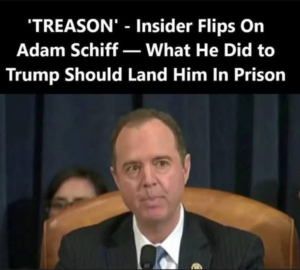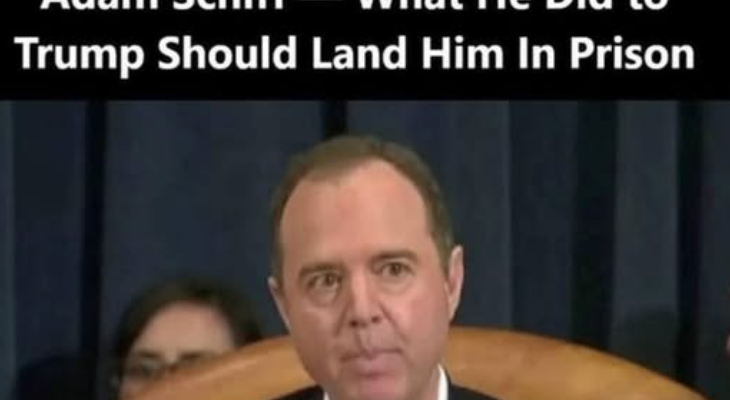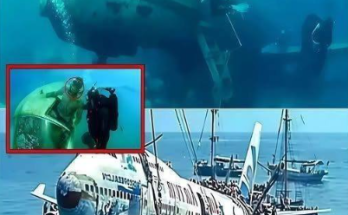The Classified Plot: Did a Congressman Try to Take Down a President?
In the shadowy corridors of Washington, where power is currency and secrets are traded like stocks, a plot was allegedly unfolding—one that would shake the foundations of American democracy. At the center of this storm stood Congressman Devin Nunes, former chair of the House Intelligence Committee, and a president whose rise had defied political gravity: Donald J. Trump.
The story begins in 2016, a year already thick with tension. As Trump surged toward the Republican nomination, whispers of Russian interference began to circulate. The FBI launched a counterintelligence investigation—code-named Crossfire Hurricane—to probe possible links between Trump’s campaign and Moscow. But according to investigative journalist Lee Smith, author of The Plot Against the President, the real target wasn’t foreign agents. It was Trump himself.
Smith’s book claims that the intelligence community, aided by partisan operatives and a complicit media, orchestrated a slow-moving coup. The goal? To sabotage Trump’s candidacy, delegitimize his presidency, and ultimately remove him from office. It wasn’t just about politics—it was about preserving the status quo, protecting entrenched interests, and punishing an outsider who threatened to upend the system.
Enter Devin Nunes.
A congressman from California’s agricultural heartland, Nunes wasn’t known for theatrics. But as chair of the House Intelligence Committee, he had access to classified materials that painted a disturbing picture. Smith describes how Nunes and his team uncovered evidence of FISA abuse, surveillance of American citizens, and a coordinated effort to mislead the public.
One of the most controversial revelations involved the Steele dossier—a collection of unverified claims about Trump’s ties to Russia, funded in part by the Clinton campaign. The dossier was used to justify surveillance warrants, despite its dubious origins. Nunes argued that this amounted to weaponizing the intelligence apparatus against a political opponent.
The media, meanwhile, ran with the Russia narrative. Headlines screamed of collusion, treason, and kompromat. Cable news became a battleground of speculation. But as time passed, the Mueller investigation failed to deliver the smoking gun. No criminal conspiracy was found. And yet, the damage had been done.
Smith’s account portrays Nunes as a reluctant hero—someone who didn’t seek the spotlight but stepped into it when the stakes became too high. His team, described as “crack investigators,” worked tirelessly to expose what they saw as a subversion of democratic norms. They faced ridicule, threats, and relentless opposition. But they persisted.
The plot, according to Smith, wasn’t just about Trump. It was about the institutions that sustain the republic. If intelligence agencies could be manipulated for political ends, what did that mean for the future of governance? If the press abandoned its role as watchdog, who would hold power to account?
Critics of the book argue that it’s a partisan retelling, designed to absolve Trump and vilify his opponents. They point to the complexity of the Russia investigation, the legitimate concerns about foreign interference, and the need for oversight. But supporters see it as a wake-up call—a warning that the real threat to democracy may come from within.
The narrative unfolds like a detective novel, with twists, betrayals, and moments of revelation. Smith’s prose is cinematic, casting Nunes as a cowboy in a town gone corrupt. It’s a story of grit, conviction, and the cost of truth.
But beyond the drama lies a deeper question: Did a congressman try to take down a president—or did he save one?
The answer depends on where you stand. To some, Nunes exposed a scandal of historic proportions. To others, he politicized intelligence for partisan gain. What’s undeniable is that the events of 2016–2020 reshaped American politics, eroded public trust, and revealed the fragility of democratic institutions.
In the years since, the debate has only intensified. New investigations, whistleblower accounts, and declassified documents continue to surface. The lines between fact and fiction blur. And the legacy of the “classified plot” remains unresolved.
What’s clear is that this wasn’t just a battle between two men. It was a clash of visions—about power, accountability, and the soul of a nation.


